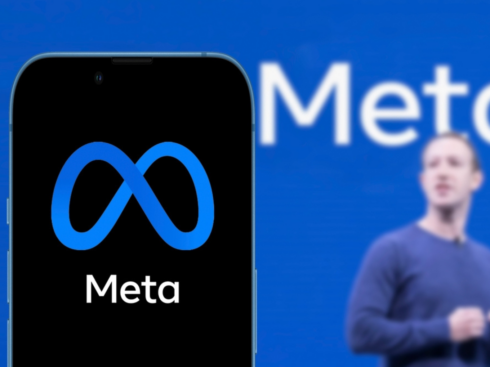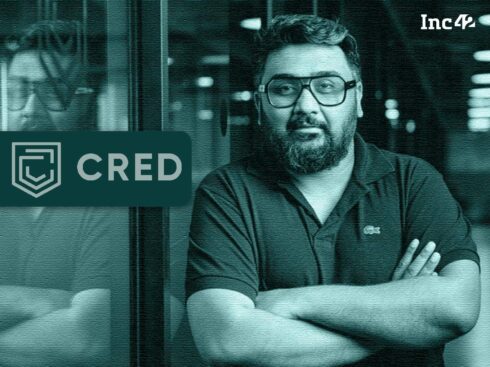Prime Minister Narendra Modi, during his speech at the launch of the ‘Startup India’ programme, pointed out a misconception that startups are generally associated with IT, and mentioned that it’s not true. Startups are not just about software and apps; hardware is also an important sector that entrepreneurs have started tapping. Amidst the lush growth of ecommerce, fintech, logistics and on-demand startups in our ecosystem, a new breed of ballsy entrepreneurs had sown the seed of hardware startups. The seedlings slowly grew steadily among the giants beanstalks and some of them have even turned out to be towering giants themselves.
Grey Orange is one such startup. This Gurgaon-based startup builds robots for the supply chain and logistics industry. Founded in 2009, Grey Orange has been aggressively scaling up and has over 400 employees across three cities – Gurgaon, Hong Kong and Singapore – and plans to focus on R&D of its new products, expand its executive team and accelerate its international expansion into Asia Pacific, Middle East and European Markets. To fuel its expansion plans, it raised about $30 Mn in Series B round of funding from its existing investors, Tiger Global Management and Blume Ventures, August 2015.
Kerala can be safely called the hardware startup hub of India. Hardware startups like Exploride, Mindhelix, SectorQube, Bisko Labs and Fin Robotics, all have their roots in God’s Own Country. Startup Village, based in Kochi, has played a major role in catapulting the state to this position.
There are other key players making their mark in this space. The wearable tech space has been witnessing a lot of attention from consumers and a number of startups have emerged to tap this opportunity – Neyya (Fin), Safer from Leaf Wearables, Lechal from Ducere Technologies, Sensegiz and GOQii are some of them.
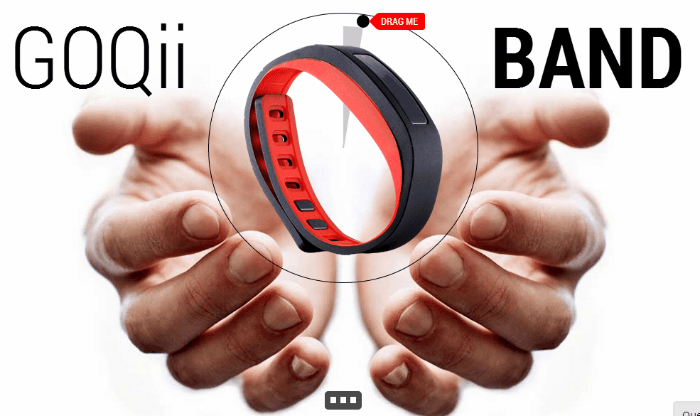
Despite the inception of a number of hardware startups, and the Government coming up with a number of favourable startup policies, there are many challenges that still bog down these hardware startups.
The Hardships Of Hardware: What Doesn’t Kill You Makes You Stronger
Vivek Mohan, CEO of Bisko Labs, and Dr Ritesh Malik, creator at Innov8 Coworking and founder of Delhi-based Guerilla Ventures, both are of the opinion that “hardware is hard in India”. Hardware startups face a lot of challenges that are usually different from the ones faced by software startups, both in terms of quality and quantity.
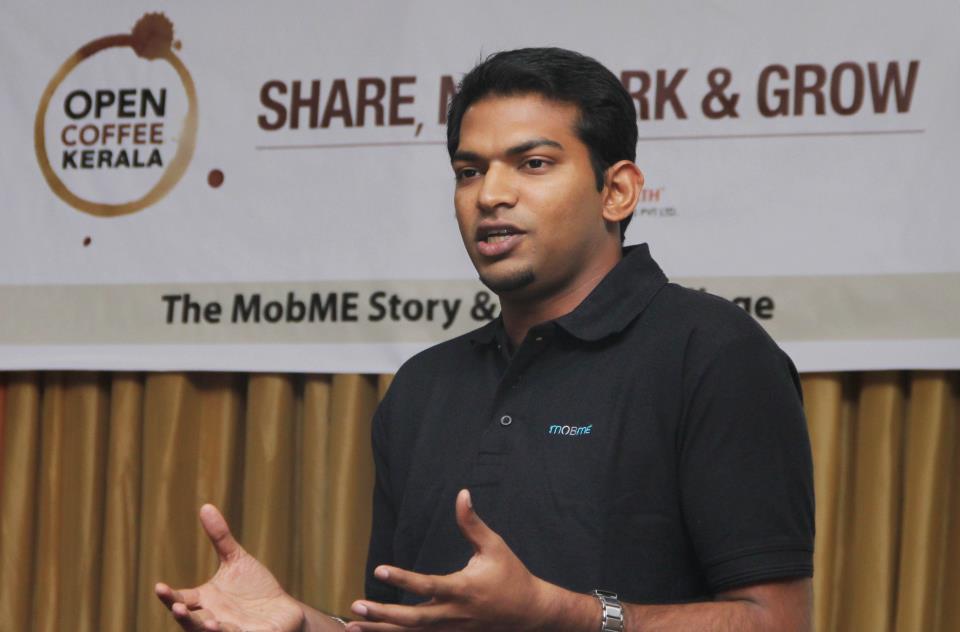
“It’s hard to run a hardware startup globally, as the complexity is very high at all stages; starting from industrial design to funding to prototyping & production to finally launching and delivering it to the customers,” said Sanjay Vijayakumar, chairman of Startup Village and cofounder and CEO of MobME Wireless.
We caught up with a number of startups and other stakeholders to understand the challenges faced by hardware startups. Here are some of the major ones:
Lack Of Experienced Human Resource
A company is as strong as its human resource. Young talent in India is more inclined towards honing their software skills, rather than their hardware expertise. Finding skilled people with impeccable hardware expertise is something that holds back these hardware startups.
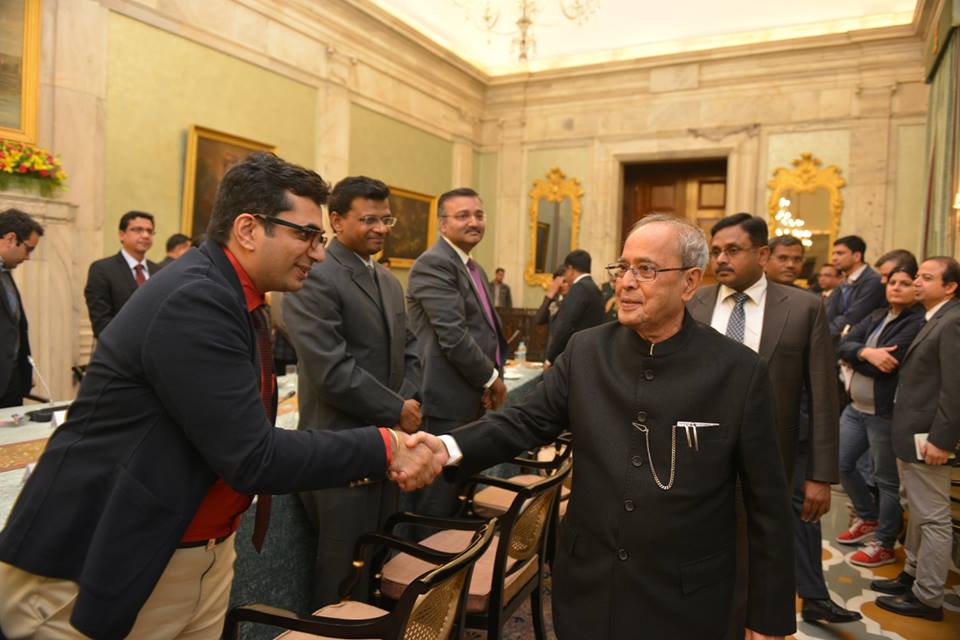
“The biggest challenge one can face to build a consumer hardware firm in India is the lack of local talent in this segment. There aren’t too many people who have experience in this line. At GOQii, we have hardware teams based out of Shenzhen and India who work together to build our hardware,” said Vishal Gondal, founder & CEO, GOQii Inc
Finding skilled people with impeccable hardware expertise is something that holds back hardware startups.
According to Vivek, finding expertise in the area of PCB (printed circuit board) Design(at micro scale) and Battery Design is a major challenge.
Whereas for Tarun, sourcing talent in India for product design is extremely challenging.
Software Can Be Constantly Tweaked With Updates, But Not Hardware
[aesop_image img=”https://inc42.com/wp-content/uploads/2016/02/ritesh1.jpg” align=”right” lightbox=”off” caption=”Dr Ritesh Malik with PM Narendra Modi” captionposition=”center”]
Every now and then, we receive updates for the software installed in our laptops and smartphones, but, receiving hardware updates for our devices are extremely rare. This is because; the hardware people don’t have the luxury of tweaking their products regularly. “There is no beta or alpha version of the product. It’s a do-or-die situation – if the product doesn’t work, it can’t be changed, unlike software which can be manipulated,” says Dr Ritesh Malik.
“Building a prototype is just the tip of the iceberg; there are a whole lot of other factors involved when you build the commercial product. There are many changes that you will have to make in a product once it is released and is installed. A tech product’s upgrade should be easy to do as you can go ahead and release an “update”, but that’s not the case for a hardware product; you have to take back the product, work on it and resend it. Most of the times, it might not be possible to incorporate the changes in that version, you have to scrap it and redo the whole thing again,” said Eshwar Vikas, cofounder and CEO of Mukunda Foods.
Tarun Mehta, cofounder of Ather Energy, also believed that for many hardware products, ‘move fast, break things’ may not be the best way forward. “Case in point: vehicles. An almost finished vehicle will not make many people happy. Repairs are actual physical repairs and not over-the-air updates (often) making them costly and hard to implement. So, planning and testing before launch and shipping becomes quite critical.”
Coming Up With An MVP (Minimum Viable Product) And Converting The Prototype Into A Commercial Model
Although this challenge has been nicely summed up into a single sentence, there are numerous mini challenges associated with it. Each and every step in this arduous process poses new challenges that can turn even the calmest of person, into a neurotic mess.
“In India, converting a concept/prototype to a final product is not easy as we don’t have enough makerspace or vendors for manufacturing. We had a tough time finding more bikes to work on , locating workshops and managing the time delay in sourcing the hardware components from countries like Taiwan and China,” says Vivek.
He digs into his personal experiences and breaks down this ‘Hulk’ of a challenge for us and exposes the various micro-challenges that are equally nerve-wracking.
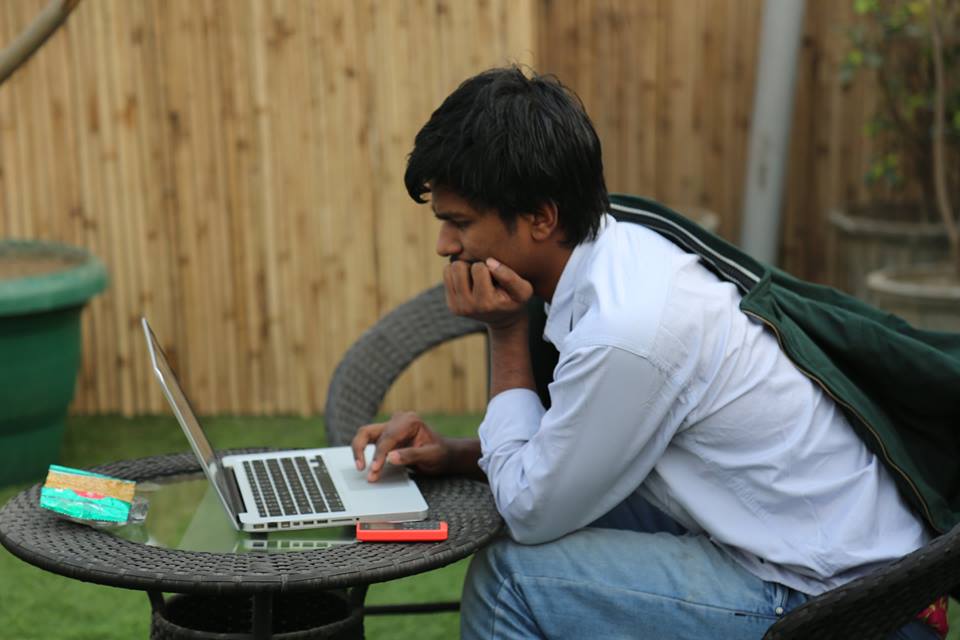
Let’s assume a hardware startup has two phases of development. While creating the minimum viable product (MVP), the team has to figure out which hardware components will work perfectly and which configurations are required. So, here you need to replace components and try out new models (fast prototyping). Unfortunately, in India, this is not as easy as it sounds. You will have to order most of the parts online from Chinese market or other Asian countries. Although, there are some Indian websites available, but they lack a lot of components, and there is no point getting only some parts from there and import the rest. This is when the wait starts!
If you are lucky enough (read sarcasm), the customs will hold your order and then you need to present the KYC document and other documentations and finally pay the customs duty. There have been times when he had to pay three to four times of the actual component cost(including shipping and customs). Keeping your fingers crossed for getting the order in one piece is imperative. Now let’s say if few of these components burn out in the testing phase. You will have to reorder them and wait for another two-five weeks for them to arrive. And being an early stage, we don’t have much money to order in bulk or build our own lab. Most of the Indian startups have to do lot of product designing theoretically. Let’s say you figure out the product components, now getting the PCB Design (at micro scale ) and Battery Design ready is also tough. We lack expertise in those areas.
[aesop_image img=”https://inc42.com/wp-content/uploads/2016/02/eshwar-1.jpg” align=”left” lightbox=”off” caption=”Eshwar Vikas, CEO of Mukunda Foods” captionposition=”center”]
Mukunda Foods was difficult to build, divulges Eshwar. He believes that the toughest part of starting up was to go from prototype stage to a commercially stable stage.
Handling The Manufacturing And Supply Chain Process
Reaching the commercially stable stage is only half the game; now comes the manufacturing process. Once the product is ready, you would need a place to manufacture.
“There aren’t many vendors you can approach who could manufacture the product which qualifies international standards. The alternative would be connecting to Chinese or Taiwanese manufacturers with the hope that they don’t make a replica before your product releases. Post this, you realise no one will be willing to partner with you unless you pay an initial non-recurring fee of $ 40,000 to $80,000, as per the product complexity,” explains Vivek.
Dr Ritesh also agrees that supply chain and distribution management of the hardware products is another major challenge for hardware startups.
Dealing With Slow Traction And Constrained CashFlow
Once the products are manufacturing and supply chain process is all set, it takes time for a hardware startup to gain traction and witness cash-flow. “Hardware startups have a very different trajectory. The first few years can be purely devoted to product development with nearly no way to show traction in the traditional sense,” says Tarun.
According to him, the initial growth of a hardware startup can be slow and even if there’s a massive demand there’s a major inertia in the supply chain – one cannot service 100K customers if the production is planned for 10K units. He believes that all these issues require careful and meticulous planning.
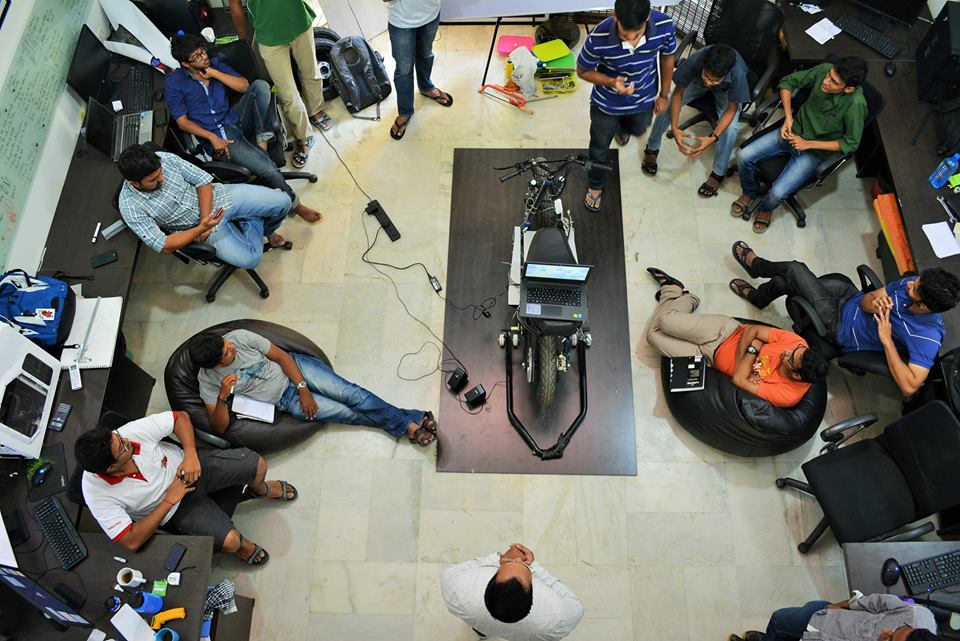
Lack Of A Conducive Hardware Ecosystem
India lacks a conductive ecosystem that nurtures hardware startups. Tarun believes there is lack of an ecosystem where one can learn the nuances of building a hardware company in India. Keyur Patel, founder and chairman of Fuse Global, also believes that it’s very difficult to run a hardware startup in India due to the extremely immature understanding of what it takes to make hardware and launch it in global framework.
Keyur owns a sizeable stake in Neyya. The smart gesture-based wearable device, which was earlier called Fin in its prototype stage, was finally launched in November 2015 after a long delay and partial pivot in terms of design and functionality.
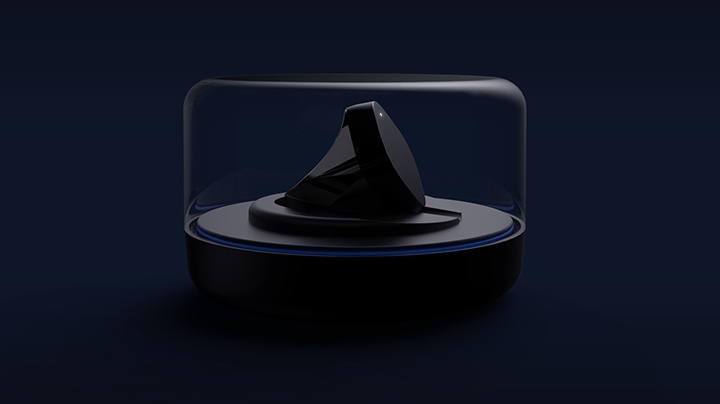
“We wanted to pick an underdog with team that came from remote and rural part of India and put them into the global mainstream to prove, that India can deliver global consumer hardware without depending on China or otherwise. We are $25 Bn global fund and if we don’t take chances, who will,” he added.
The ultimate challenge being overcoming the above mentioned challenged with limited funds. “The biggest issue, when it comes to hardware startups, is the capital it requires to start the production,’ says Dr Ritesh.
The biggest issue, when it comes to hardware startups, is the capital it requires to start the production!
Post all these challenges, these startups have to develop a software product any which ways. A number of budding entrepreneurs might think, “Why go through all these troubles to build a hardware product when I have to create a software product as well”. They might very well just create a software startup and get going. This deters a lot of budding entrepreneurs from treading this path.
Show Me The Money!
Late American comedian and film/television star Groucho Marx once famously said, “While money can’t buy happiness, it certainly lets you choose your own form of misery.” Most of the above mentioned challenges can be tackled with funds; something that the hardware startups have always lacked.
Fundraising has always been tough task for hardware startups. One of the primary reasons for the same is the lack of investors who are understand this space and are willing to invest in hardware startups. Until now, most of the angel/VC investments in this sector materialised when these startups exhibited some metrics of success and impressed the investors.
“Many investors need to see success to believe in the space. So at this point it is best to go after those who like taking new green field bets. Also success in this space has often been big-bang which attracts large investors,” said Tarun.
[aesop_image img=”https://inc42.com/wp-content/uploads/2016/02/tarun-mehta.jpg” align=”left” lightbox=”off” caption=”Tarun Mehta, cofounder, Ather Energy” captionposition=”center”]
He believes that hardware startups need patient capital. “Many traditional investors would understand a manufacturing company but not a startup which is still trying to figure out a reliable and scalable business model. On the other hand, traditional VCs will understand a startup but not manufacturing or hardware. Even globally, there have been only a few companies which have taken off in hardware (Tesla, Fitbit, GoPro) and the set of investors who understand this space is still limited.”
Vivek of Bisko Labs also believes that there aren’t many angel investors who invest in hardware startups. The scenario is pretty much the same when it comes to VC investments as well. He has seen lot of startups who undertake servicing to sustain and make the product parallely. This, however, kills a lot of their time which could result in their losing the first mover advantage – something that’s absolutely critical in the hardware domain.
According to Keyur, VCs in India are risk averse and don’t invest in high-risk startups. There is no ecosystem for a hardware company, design talent is hugely under exposed, hardware thinking is lagging and most importantly, and most of these startups lack consumer understanding at a global scale. They lack the proper know-how to compete with consumer brands in USA and Europe. He believes these are some of the key reasons why VCs in India steer clear of hardware startups.
However, exceptions are always present. At a time when VCs and angels used to stay away from hardware startups, Dr Ritesh Malik, creator at Innov8 Coworking and founder of Delhi-based Guerilla Ventures, saw immense potential in the hardware space. The fund has backed over 12 hardware startups including Neyya, Mashinga, Asimov Robotics, SectorQube, Bisko Labs, Exploride, CometCore.
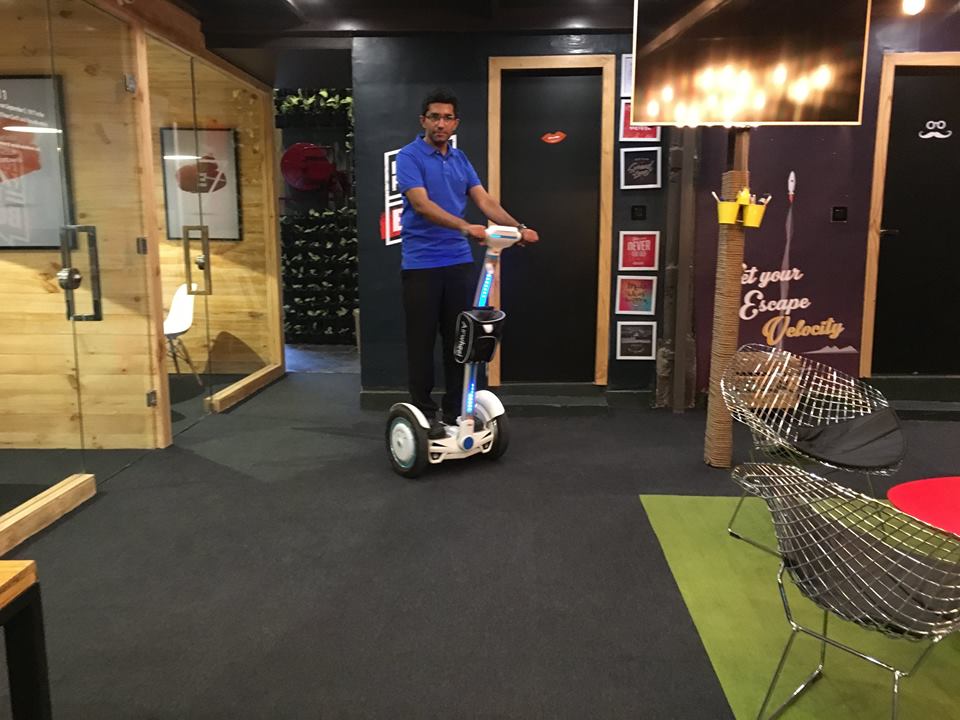
Some big names in the VC world have also tried their lucks with hardware startups. In May 2015, Ather Energy raised $12 Mn from Tiger Global. Neyya raised an undisclosed amount from Kalaari Capital in 2014. Global VC firm New Enterprise Associates (NEA) led the $13.4 Mn Series A round raised by GOQii. Tiger Global and Blume Ventures back the Gurgaon-based industrial robot manufacturing company, Grey Orange.
“Raising angel investment for hardware startups is extremely difficult in India. For us (Project Guerrilla), hardware has been a bliss. We have invested in over 12 hardware startups and all of them are doing extremely well. I do not know about other investors, but we see a goldmine in hardware,” said Dr Ritesh.
Eshwar believes that as long as the business dynamics is strong, paying customers are available and the business model has been figured out, the hardware startup should be able to raise funds.
“You might not get the valuations a tech startup would get (unfortunately), but you should be able to get money. Banks might be a ‘slightly’ happier lending to a hardware business than pure tech,” he added.
In an ecosystem where funds were scarce for hardware startups, these strong-willed entrepreneurs found an innovative way out – crowdfunding.
Bring In The Crowd!
Investopedia defines crowdfunding as, “the use of small amounts of capital from a large number of individuals to finance a new business venture.” This fundraising activity, which can also be for a social cause, from the crowd is generally carried out via the internet. There are various platforms that enable this process; some of the global ones are Kickstarter, Indiegogo, RocketHub, and Onevest. A number of Indian players have also emerged such as Ketto, Wishberry, Start51, Catapult and Ignite Intent.
Startups can create their profiles on these platforms; share the details of the project and the fundraising goals. This will be open to the public, who can go through the project, understand the motive and mission of the startups, and if impressed, make small or generous contributions. These financial contributions could be in form donation, debt or in exchange of a reward.
A classic example of how crowdfunding can used by hardware startups to raise impressive funds is Exploride’s crowdfunding campaign. Exploride set a new record in the crowdfunding history of Asian startups. The company’s Indiegogo campaign crossed the initial target of $100k in just five days, and reached a whopping $500k mark within just 40 days of its launch.
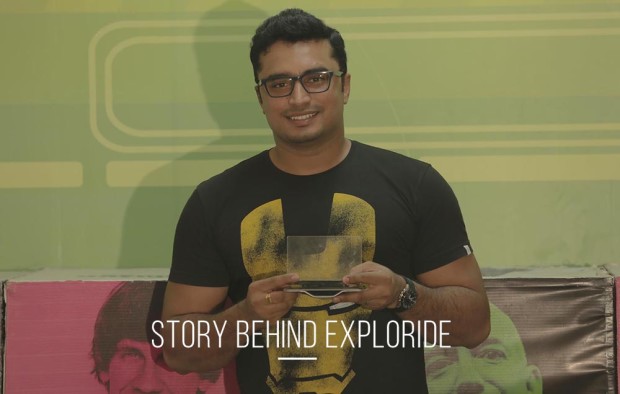
Exploride’s campaign was backed by about 1,800 people from over 50 countries across the globe with maximum number of pledges coming from the USA. In other examples of successful crowdfunding campaigns of hardware startups, Mindhelix raised $120k on Kickstarter for its smartphone security device Rico, SectorQube crossed its initial target and reached the mark of $125k for a smart microwave oven MAID and Fin Robotics/Neyya raised $200k for FIN in March 2014.
“Crowdfunding helps people jumpstart the project with the minimum funds needed to build proof of concept. They get first buyers and can get pre-orders de-risking production with their own money, without having a clue of how much to produce. Hence, the advantages of crowdfunding hardware products are far more than just money,” averred Anshulika Dubey, cofounder and COO of Wishberry.

The concept of pre-order crowdfunding is also gaining traction among hardware startups. In this case, people can pre-buy a particular product during the campaign, and get it delivered on a later date. Kickstarter is a major player in this space.
Pre-orders are not necessarily a part of crowdfunding. But, Tarun considers crowdfunding as a super set of pre-orders.
He thinks pre-orders are a great way to build interest, seed evangelists, plan manufacturing and build in buffers in production. For a new brand it is quite important to have a unique message and a compelling story and pre-orders force startups to build and sell both of them: the message and the story.
The Crowd Can Only Carry You So Far
Although, crowdfunding may have proved to be the key for survival for a number of hardware startups during difficult times, it is not enough to keep them afloat for a long time. An angel or VC investment doesn’t just add money to the bank, it brings along with it the rich experience of the investors who act as mentors for these startups. Their mentoring and guidance brings a sense of discipline in the startups and prevents them from making callous mistakes. This is something that crowdfunding fails to offer.
“A hardware startup requires strong mentoring; you need people who have been there and done that. Crowdfunding is in a very nascent stage in India and difficult to raise funds in this route. Even though you are successful raising money through a crowdfunding route, you will still need mentorship and a strong board to help you through the initial patchwork,” said Eshwar.
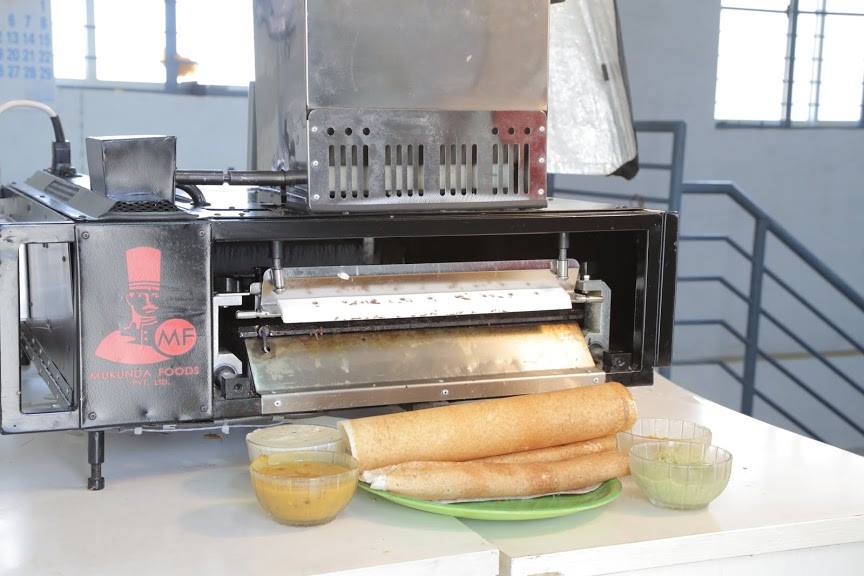
“So, figure out someone who, you think, will give advice to your startup (in the hardware space) before you get crowdfunded. Because your success does not only depend on the money you will raise from a crowdfunding campaign. There is more to the story,” he added.
Having said that, crowdfunding is an efficient way to attract VC and angel investors. A successful crowdfunding campaign would prove as a key success metric and helps gain the trust of potential investors.
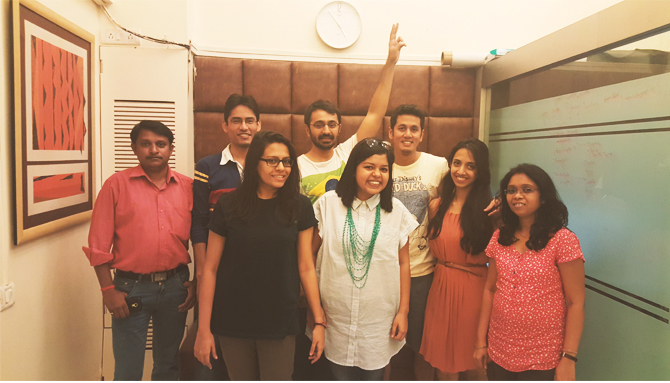
“Crowdfunding helps hardware startups set a benchmark and helps founders create a strong case while presenting demand for their products in the market. Take for example Safer, a women’s wearable technology product. It successfully raised its goal of INR 5 lakh from 124 backers and creating awareness amongst many more. This caught the eye of angel investors and it concluded a $250k funding round in December 2015,” explained Zaheer Adenwala, cofounder of Ketto.
To paint a complete picture, there are other reasons why a hardware startup should not just rely only on crowdfunding for its financial stability. According to Vishal, “Crowdfunding is a short-term solution for funding. To survive, you need to have long-term plans of funding and investments. This can be done either by generating your own cash flow or be strong enough to attract investors.”
Talking about another one, Vivek stated that crowdfunding works out successfully only for a product that interests US consumers; they are the ones who do a major chunk of the backing. “Currently, our product is not something made for the US market. We look forward to launch the product through tie ups with OEMs and concentrate on developing countries.”
“Also, for launching a crowdfunding campaign on Kickstarter, you need registration. Indian crowdfunding platforms do not give you enough conversions or pre orders,” he added.
The Road Ahead
Amidst all the hardships, a number of hardware startups have proved their mettle and found a place among giants. Grey Orange is one such startup. Samay Kohli, cofounder and CEO of Grey Orange was one of the speakers in the PM’s session during the launch of the ‘Startup India’ programme.
During his speech, he mentioned that Grey Orange is one of the few startups that manufactures in India. It has a 3 Lakh sq ft manufacturing facility in Gurgaon and currently supplies its robots to about 4-5 different countries. Samay also pointed out that he has been often asked the question that how does India end up building and supplying robots. Samay believes that this question proves the uniqueness of Grey Orange.
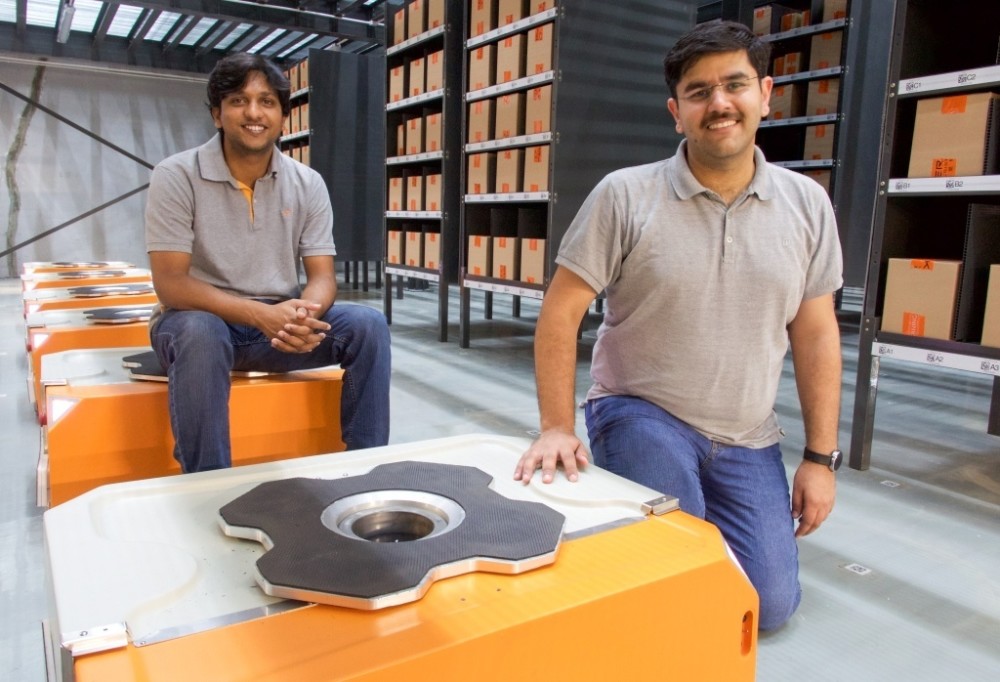
However, this also brings forth the general conception that people abroad don’t associate India with robotics and by extension, hardware. However, with the advent of Indian hardware startups, this perception should change in the future. The overall hardware ecosystem of India is evolving, things have started to fall in place, and the future looks bright for the nation’s hardware startups; even though there’s still miles left to cover.
“The general manufacturing ecosystem in India, while dwarfed by that of China, should easily tower over that in the Valley. The Valley must still go to China for all manufacturing while we can often do that locally. The ecosystem is evolving rapidly and many people are waking up to the reality that manufacturing itself is not the most complicated bit. The coming few years should be very, very exciting for hardware in India,” said Tarun.
Vivek also believes that the hardware startup ecosystem is evolving in the country. “When we talk about the ecosystem transformation, I see more developers (at young age) are exposed to open source hardware. Hardware education is really going at the right pace (I must mention DIY hacking, and the work they are doing). Majority of the hardware engineers know what are the latest cutting-edge technologies, techniques and their design.”
He also believes that there are a lot of hardware enthusiasts or customers who want to buy wearables/consumer products equipped with latest innovations. And, there are many entrepreneurs with ideas and business plans that have the potential to rule the global market. But the fact that manufacturing vendors and accessibility of hardware elements are not evolving as other pillars, concerns him.
Although he believes that the time is right for aspiring entrepreneurs to enter the hardware space, but he also warns that the challenges can get as real as they can (mentioned above). He sincerely longs for a real hardware startup like Xiaomi or OnePlus to be born in India.
Dr Ritesh also believes that the Indian startup ecosystem is very much evolving. “Capital is accessible, not in lieu of equity, but preorders. The only way to make a sustainable hardware ecosystem is to make crowdfunding prominent in India. Project Guerrilla startups have the largest number of international crowdfunding campaigns from India, the largest being Exploride,” he averred.
Few PCBs Of Wisdom
The pioneering hardware entrepreneurs of India had to struggle hard to establish the current ecosystem for the sector in India. They know the hardships first-hand and have worked their way around it. If you are a hardware enthusiast, experts believe the time is right to enter this domain, however, they also warn that there are still numerous challenges cut out for you. Here are a few words of wisdom from the experts that would definitely help you in your journey of building a hardware startup.
Vishal Gondal (GOQII)
“The key ask is to have a strong USP. As hardware can be commoditised very soon, companies need to have strong differentiators else it will get very difficult for one to survive in a growing market like India.”
Vivek Mohan (Bisko Labs)
“Success stories like that of Fin (Neyya), Gecko, Maid and Exploride tells us that it’s not impossible and get your working prototype ready.”
- Do good research on hardware; don’t think knowledge in Arduino (an open-source electronic prototyping platform allowing to create interactive electronic objects) can only can create an international products.
- Get your product in different hardware startup conferences/ challenges & contests.
- Find angel investment to reach till crowdfunding stage. Angel investors such as Dr. Ritesh Malik have played a critical role in startups like Exploride and Fin Robotics (Neyya).
Eshwar Vikas (Mukunda Foods)
Hardware startups are generally much difficult to build, as compared to a pure “tech” startup. Building a hardware startup is like running a double marathon, as building something in the hardware space is twice more difficult than building something in the pure tech space.
It’s a blue ocean out there, if you have a good product that solves a real life problem.
But the rewards of building a hardware product are equally high, some of them are:
- You can sell easily
- Your revenues and business fundamentals are strong
- Entry barrier is higher for competition
- Your HR bill will be low!
It’s a blue ocean out there, if you have a good product that solves a real life problem.
Tarun (Ather Energy)
He quotes Alan Kay, the renowned American computer scientist known for his pioneering work his pioneering work on object-oriented programming and windowing graphical user interface design. “People who are serious about their software, should make their own hardware“.









